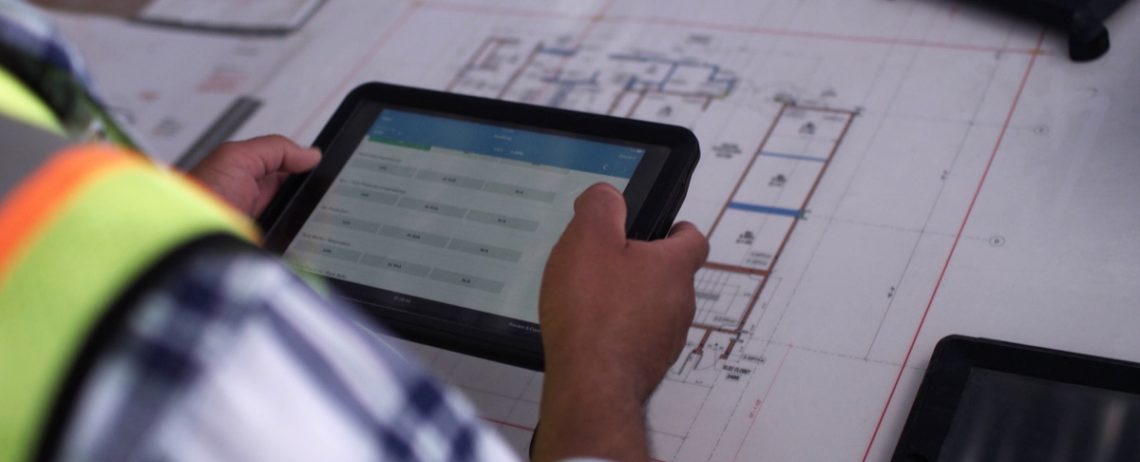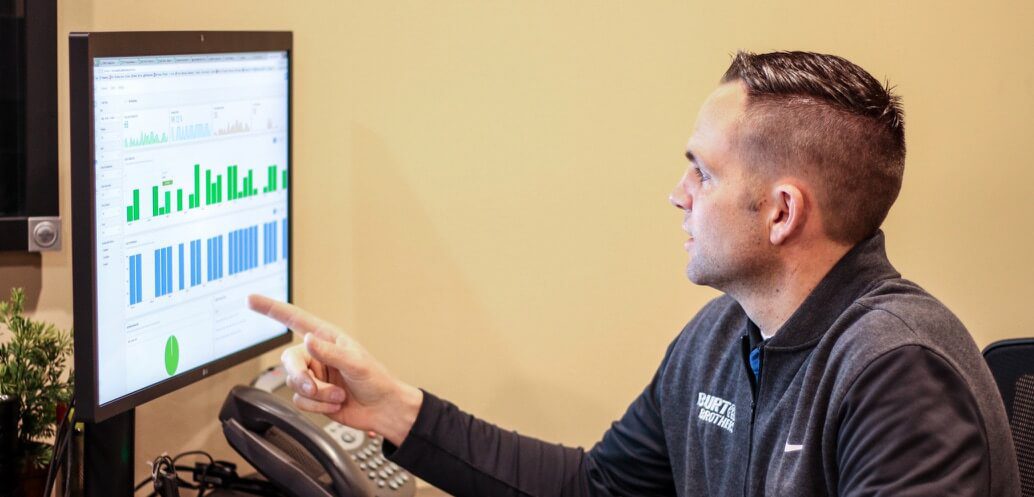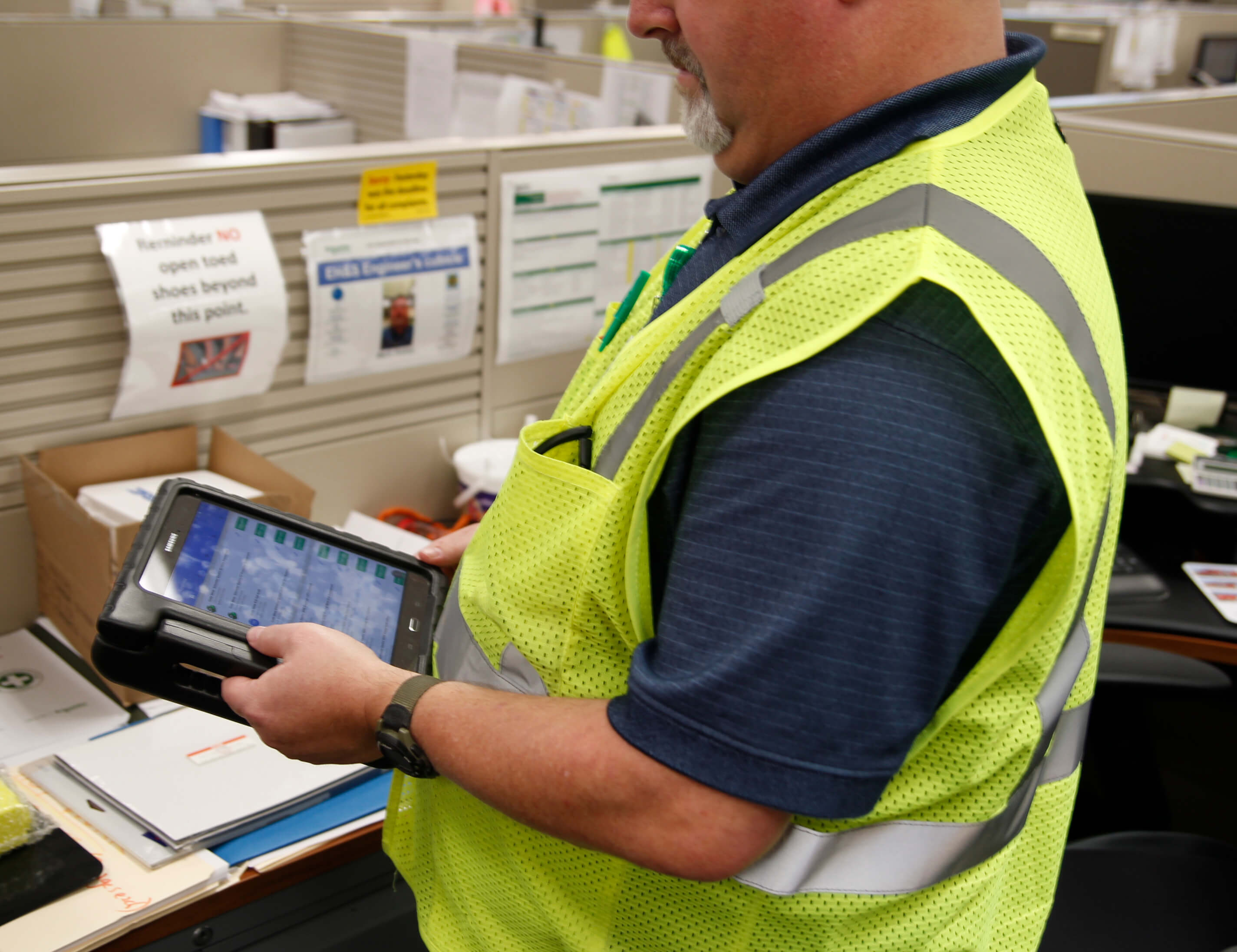How A Digital Auditing Tool Will Transform Your Safety Strategy
Industry Trends | By | 14 Apr 2017 | 4 minute read

Most of us in management positions have a hard time knowing exactly what’s happening in the field each day. Are the safety procedures we draft up implemented the way we envisioned? That’s why we need a digital auditing tool. It gives us a high-level view into what’s working in the safety strategy and where we need to focus more attention. A centralized digital auditing tool will allow you to pull audit data from various locations, auditors, and templates. Connecting concrete results to safety strategy is an indisputable way to know your process improvements are actually working.
Here are the ten ways an integrated auditing system is going to give you the visibility you need to truly know that you’re keeping employees safe.
You’ll find you actually can do it all
Many safety managers today are being asked to do more. Whether you’re reporting more to executives from the field, or improving existing processes, there’s no room for manual processes or tedious tasks. An integrated inspection tool allows you to see all your audit data in real-time without sifting through emailed reports or Excel spreadsheets. You can monitor previous audits and mine them for insights. The organization that a centralized auditing system provides will save you hours in reporting time. Having everything in one place keeps you to working smarter, rather than harder.
No more guessing what’s working and what’s not
You recently purchased some new equipment assets. The problem is, you’re replacing those assets more quickly than ever before. Was the employee training not effective? Are field workers catching the leading indicators that point to a need for preventative maintenance? Is there another factor contributing to the equipment deteriorating? It’s impossible to tell if you’re not tracking the right data, and if you’re not monitoring it on a weekly basis. Tracking the right metrics and monitoring them regularly means you constantly have the pulse of your auditing efforts. That way, when your boss asks you what’s causing this high equipment turnover rate, you can answer with certainty.

Centralized analysis
Centralizing your data allows you to have one source of truth for all your auditing efforts. Everyone will be working from the same source, and if there are any discrepancies in data collection, you’ll be able to catch it right away. Site leaders, contractors, and even executives can see reports and have a standardized way of measuring and speaking about the results.
Quit waiting on reports
Let’s say you are monitoring your safety metrics daily or weekly, as you should be. With a paper-based system, that means that by the time you get those reports, it’s already outdated. Maybe you’re manually entering data into Excel to create those reports. Maybe you’re just digging through pages of PDFs to pull out the necessary insights. Either way, it’s manual and it’s taking up way too much of your time. An integrated and digital auditing tool will store those reports automatically and create analytics dashboards of your key metrics.
Document Control
If you’ve worked with paper audits, you know it can be difficult to get each location and team member using the correct template. When it comes time to roll out updates on the template, it’s hard to ensure everyone has received the proper updates. If you have templates specific to a site or location, it adds even more complexity. Digital auditing allows you to create a template from your desktop and share that with employees in the field immediately.

Streamline communication
If an issue arises in the field, know about it immediately thanks to automated reports. You can even create a specific text field in some audits that elicits employee feedback like this company did. Creating lines of communication for your employees to notify you of important updates is the key to being proactive about safety.
Deeper dive into the metrics you care about
Certain digital auditing tools provide suggested analytics dashboards that will give you a great starting point. You can slice and dice data from there based on location, auditor, particular audits or even questions. Save dashboards that you check frequently and even share with colleagues. Because digital audits can create a lot of data, make sure you strike the right balance between tracking important metrics vs. tracking everything that comes into your head. Use this guide on the 6 questions you should be asking of your auditing data to get started.
Better planning and budgeting for the future
An integrated auditing tool provides the platform to normalize the way you track each location and program, then stack them against one another to rapidly spot outliers in performance or spend. That way, when you’re planning your quarterly or yearly safety goals, you just give your dashboards a quick run through and you can easily spot how to proceed for the upcoming quarters.
Decrease administrative overhead for employees
Employees can sometimes feel like audits are just another added task in their days. This attitude creates complacency and lead to increased risk on a jobsite. Digital auditing tools allow them to attach photos, notes, specific location, etc. directly to audit reports. You want to simplify the auditing process as much as possible. Don’t make them take photos and then attach them later, or write up notes back at the office. Let them do that all in the field and within seconds. It’ll make them more likely to conduct audits. And it’ll provide you with more information on safety performance.

Persuade with data
It’s much easier to stand in front of your team or your boss and support your decisions with data. As data becomes ever more prevalent in businesses today, managers have come to expect data-driven decisions. They’ll quickly hop on board with your safety recommendations if you present the data that led you there.
Paper checklists and an ad hoc auditing system are no longer viable options for growing businesses. An integrated digital auditing tool is quickly becoming the standard for safety managers everywhere and those who embrace it will find that it allows us to make smarter decisions, much more quickly. It also provides us the support we need to justify decisions about how to move safety forward and the map to lead the way. Know someone who needs convincing. Feel free to share this with them.
Important Notice
The information contained in this article is general in nature and you should consider whether the information is appropriate to your specific needs. Legal and other matters referred to in this article are based on our interpretation of laws existing at the time and should not be relied on in place of professional advice. We are not responsible for the content of any site owned by a third party that may be linked to this article. SafetyCulture disclaims all liability (except for any liability which by law cannot be excluded) for any error, inaccuracy, or omission from the information contained in this article, any site linked to this article, and any loss or damage suffered by any person directly or indirectly through relying on this information.





